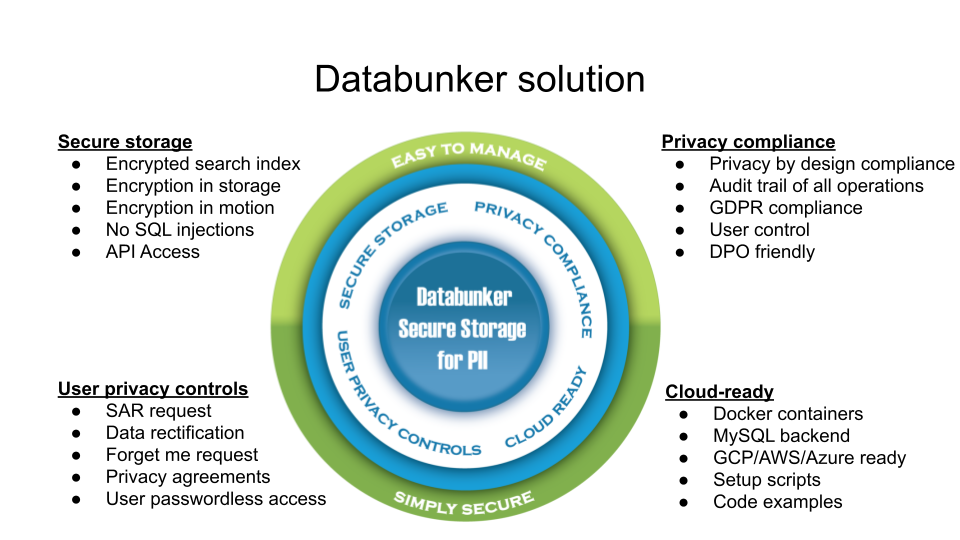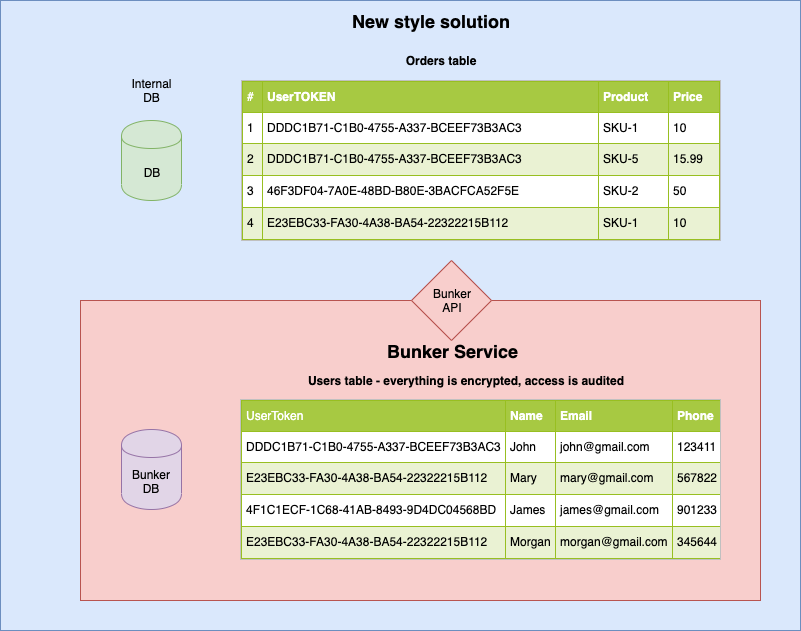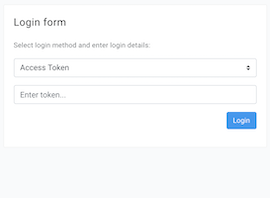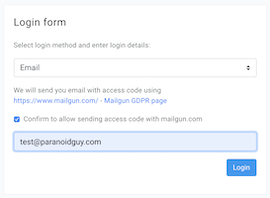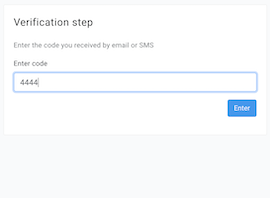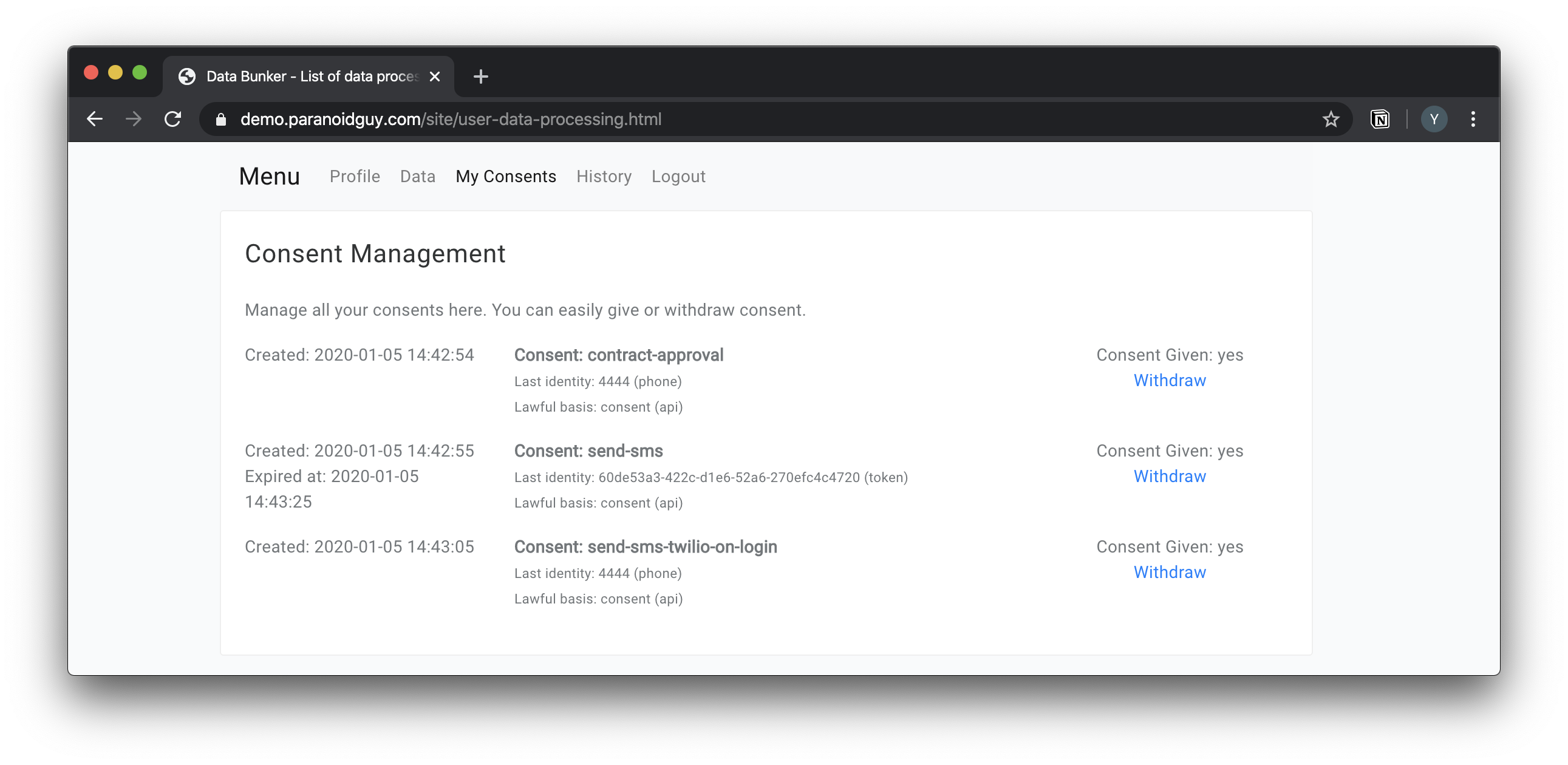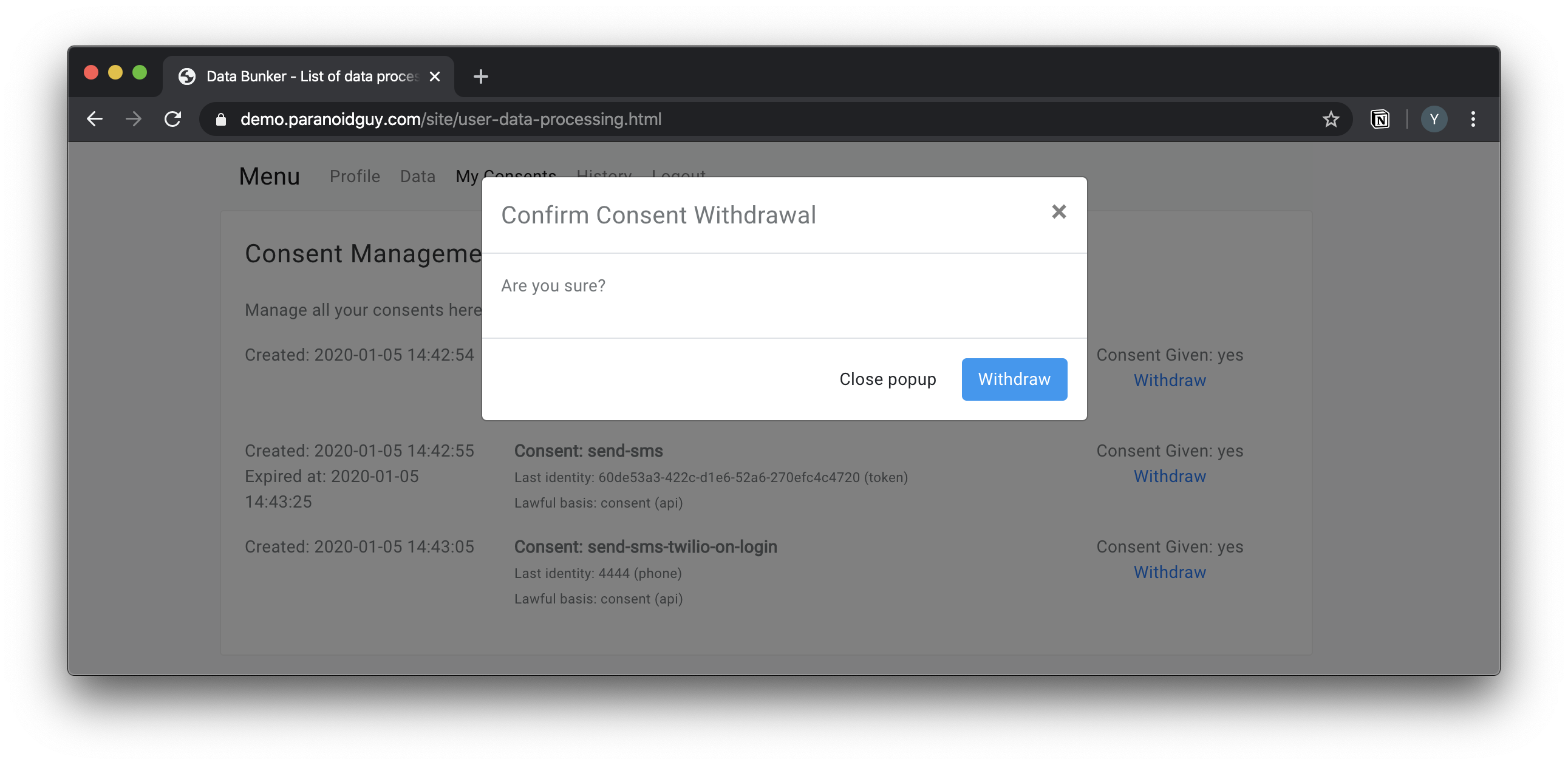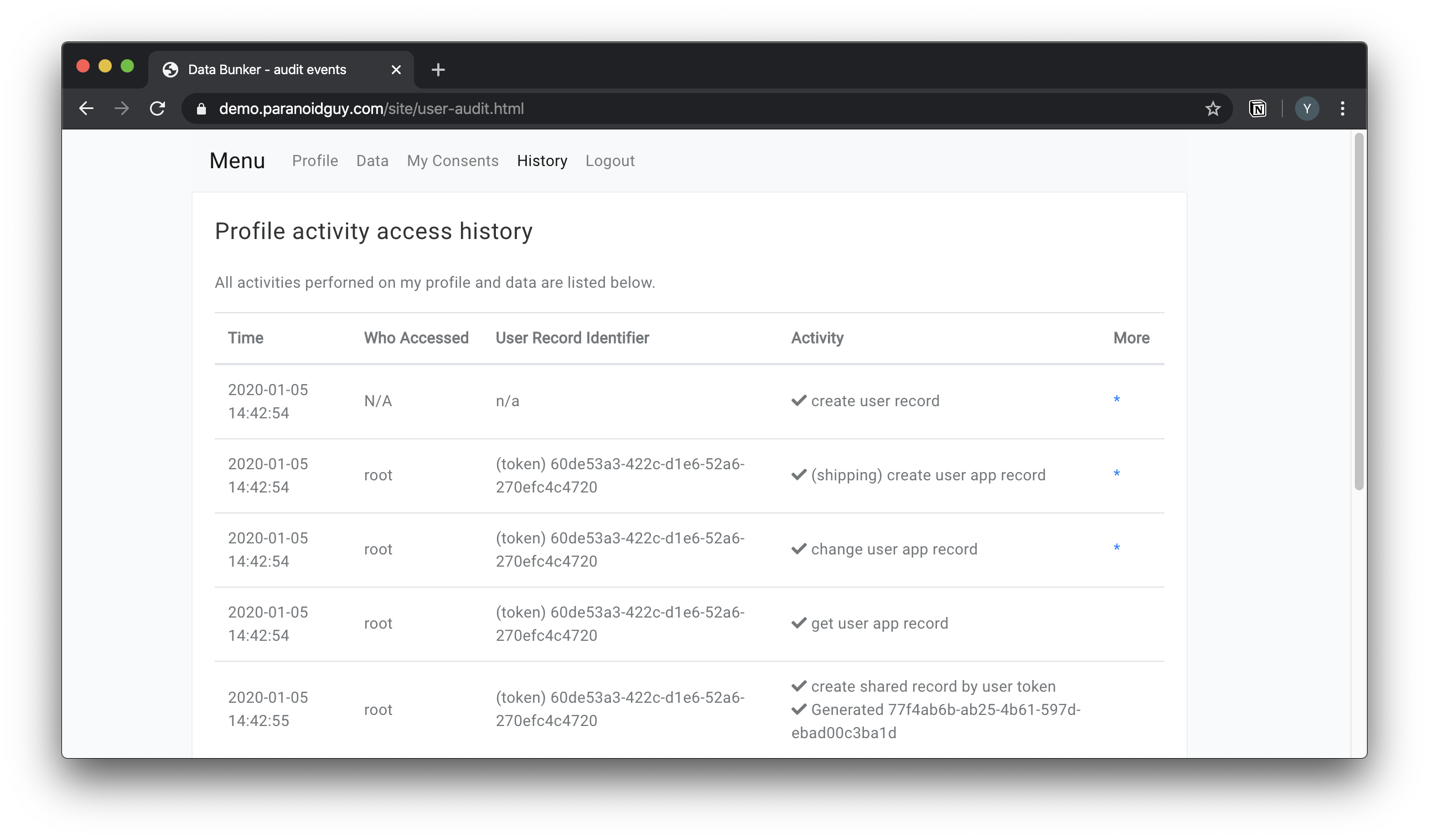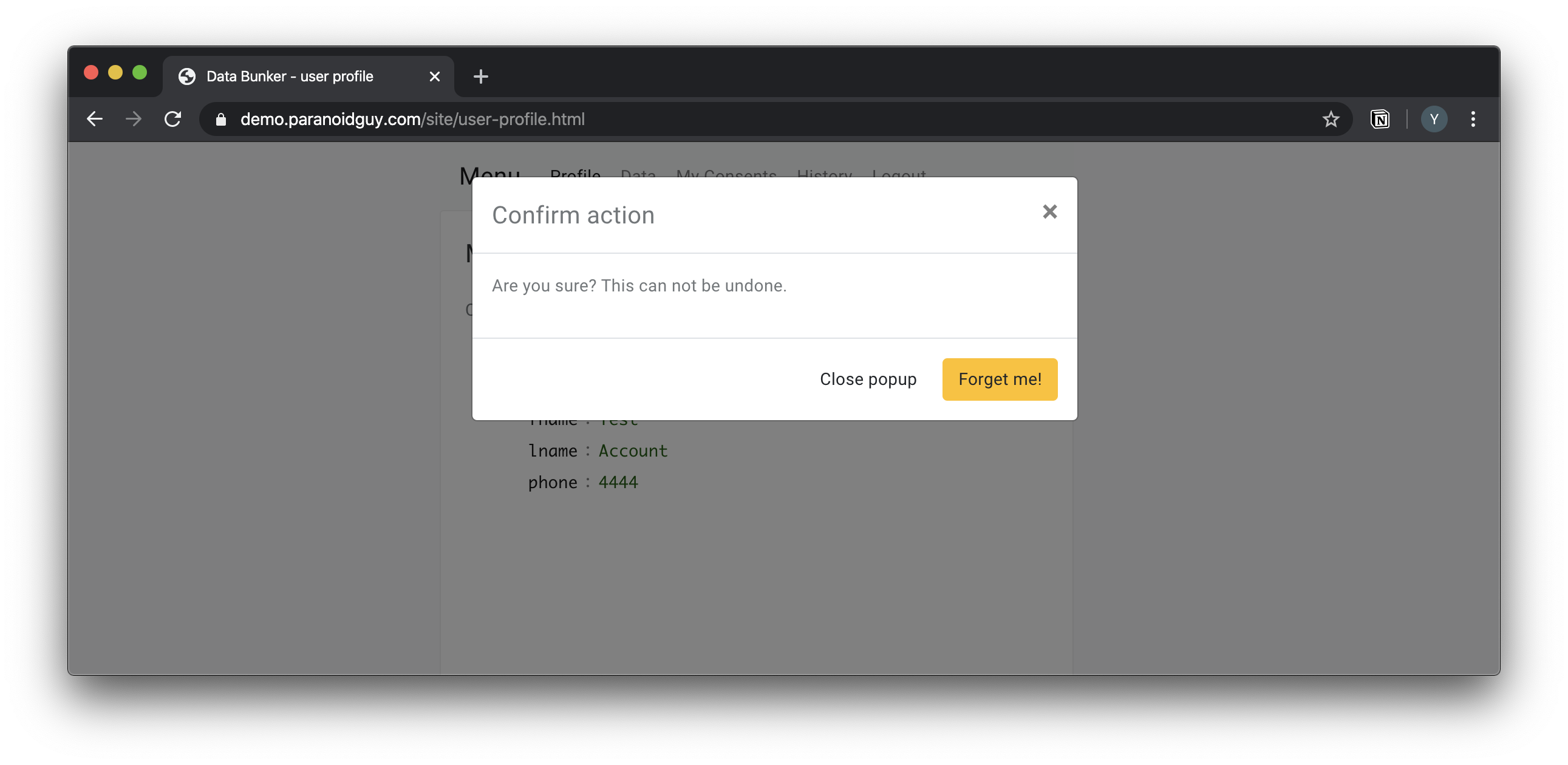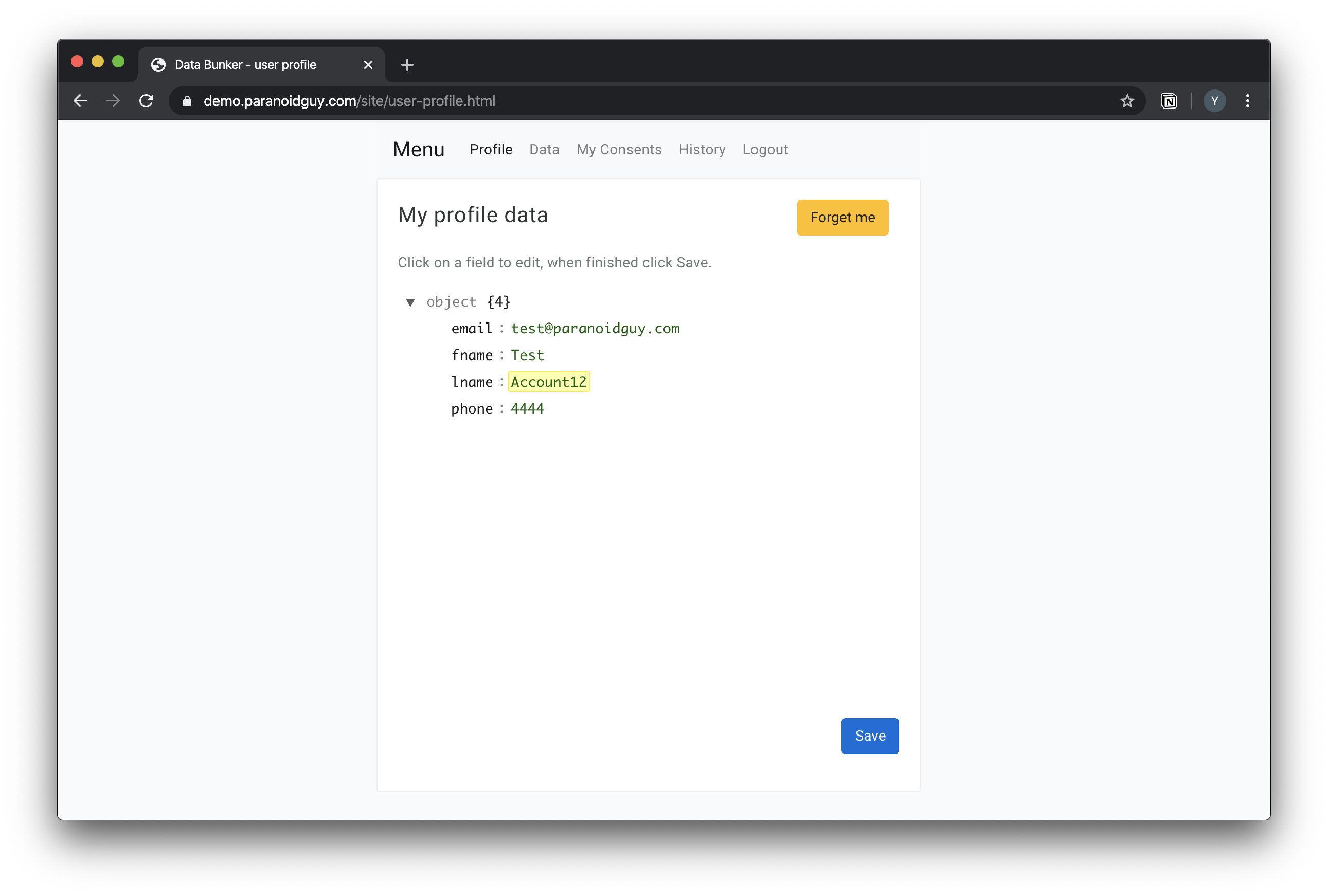Databunker is a network-based, self-hosted, GDPR compliant, secure vault for personal data or PII: https://databunker.org/
Project demo is available at: https://demo.databunker.org/. Please add a ⭐star if you like our project.
We live in a world where the privacy of our information is nonexistent. The EU has been working to remediate this fallacy with GDPR, and the US (California) follows with a first sparrow called CCPA.
Databunker project is intended to ease the GDPR and CPRA compliance. It gives organizations easy-to-implement APIs and secure vault to store PII, and a privacy portal.
Databunker gives all of us, the real data owners, control of our data. Databunker allows us to know who is using our data, what is happening with our personal data and gives us the freedom to decide if we agree to that or not.
Databunker, when deployed correctly, replaces all the customer's personal records (PII) scattered in the organization's different internal databases and log files with a single randomly generated token managed by the Databunker service.
By deploying this project and moving all personal information to one place, you will comply with the following GDPR statement: Personal data should be processed in a manner that ensures appropriate security and confidentiality of the personal data, including for preventing unauthorized access to or use of personal data and the equipment used for the processing.
Getting started guide: https://databunker.org/doc/start/
Databunker installation guide: https://databunker.org/doc/install/
Project demo is available at: https://demo.databunker.org/
You can access the demo UI using the following account credentials:
Phone: 4444
Captcha: type as displayed
Access code: 4444
Email: test@securitybunker.io
Captcha: type as displayed
Access code: 4444
Demo root token: DEMO
-
Node.js example implementing passwordless login using Databunker: https://github.com/securitybunker/databunker-nodejs-passwordless-login
-
Node.js example with Passport.js, Magic.Link and Databunker: https://github.com/securitybunker/databunker-nodejs-example
-
Secure Session Storage for Node.js apps: https://databunker.org/use-case/secure-session-storage/#databunker-support-for-nodejs
-
@databunker/storefrom https://github.com/securitybunker/databunker-store -
@databunker/session-storefrom https://github.com/securitybunker/databunker-session-store
https://databunker.org/doc/benchmark/
- Backend at https://privacybunker.io/
- Backend at https://bitbaza.io/
Send us a note if you are running Databunker in production mode.
NOTE: Implementing this project does not make you fully compliant with GDPR requirements and you still need to consult with an attorney specializing in privacy.
NOTE: When we use the term "Customer" we mean the data of the end-user that his information is being stored, shared, and deleted.
Databunker extracts customer email, customer phone values out of the customers' personal records. It gives your customer passwordless access to his data stored under his account. This is done by generating a random access key send by email or by SMS. Your customer can sign in into Databunker, view information stored by Databunker, and make changes in compliance with a company's policy.
Databunker can manage all of the customer's consents and agreements in one place. Your customer can withdraw consent and as a result restrict processing in his personal portal at Databunker. For example, your customer can block newsletter service. Your backend system can use Databunker as a collection of all agreements collected using the Databunker API.
NOTE: Data bunker can call your backend script on a consent withdrawal (callback). You will have to handle these requests and remove the customer records from other 3rd party processing companies. For example web recording services, email gateways, etc...
This product, from the architecture level and down to code was built to comply with strict privacy laws such as GDPR and CCPA. Deploying this project can make your architecture privacy by design compliant. For more info, check out the following article:
https://databunker.org/use-case/privacy-by-design-default/
Any system or customer connecting to Databunker must provide an access token to authorize any operation, otherwise, the operation will be aborted. An end customer can login to his profile with a random authorization code sent by email or SMS.
All operations with personal records are saved in the audit log.
Any customer can log in to his account at Data Bunker and view the full audit of activities performed on his profile.
When your customer requests to exercise his right to be forgotten, his private records will be wiped out of the Data Bunker database, giving you the possibility to leave all internal databases intact while not impacting any of your other systems.
Upon customer removal request, Data bunker can call your backend script (callback) with the customer details. You will have to handle these requests and remove other customer records from 3rd party processing companies. For example from web recording services, email gateways, etc...
NOTE: You will need to make sure that you do not have any customer identifiable information (PII) in your other databases, logs, files, etc...
Your customer can sign in to his personal account at Databunker and change his records, for example, change his name. Databunker can fire a callback operation with customer's details when a customer operation takes place.
Your customer can sign in to his personal account at Databunker and view and extract all his records stored at Databunker.
NOTE: You will need to provide your customers with a way to extract data from other internal databases.
All personal data is encrypted. An audit log is written for all operations with personal records. Any request using Databunker API is done with HTTPS SSL certificate. The enterprise version supports Shamir's Secret Sharing algorithm to split the master key into a number of keys. A number of keys (that can be saved in different hands in the organization) are required to bring the system up.
Implementing this project does not make you fully compliant with GDPR requirements and you still need to consult with an attorney specializing in privacy.
Detailed information can be found at https://databunker.org/use-case/
- Personal information tokenization and storage https://databunker.org/use-case/customer-profile-storage-tokenization/
- Pseudonymized user identity for cross-border information transfer https://databunker.org/use-case/schrems-ii-compliance/
- Critical data segregation https://databunker.org/use-case/critical-data-segregation/
- Personal Data minimization https://databunker.org/use-case/data-minimization/
- Trace customer profile changes and access https://databunker.org/use-case/trace-profile-access-change/
- Temporary customer/app/session identity for 3rd party services https://databunker.org/use-case/temporary-record-identity/
- Encrypted session storage https://databunker.org/use-case/secure-session-storage/
- GDPR compliant logging https://databunker.org/use-case/gdpr-compliant-logging/
- User privacy portal https://databunker.org/use-case/user-privacy-controls/
- Consent management, i.e. withdrawal
- Passport.js support
- DPO friendly service
- https://privacybunker.io/blog/gdpr-guide-for-startup-founders/
- https://dbweekly.com/issues/348
- https://www.freecodecamp.org/news/how-to-stay-gdpr-compliant-with-access-logs/
- https://news.ycombinator.com/item?id=26690279
- https://stackshare.io/databunker
- https://hackernoon.com/data-leak-prevention-with-databunker-xnn33u9
- https://anchor.fm/techandmain/episodes/Huawei--Microsoft-and-DataBunker--Yuli-Stremovsky-evl385
- https://github.com/expressjs/session
- https://databunker.org/
If you published an article about Databunker send us a link at yuli@privacybunker.io
Follow this article.
If you have any questions, you can contact the development team at office@privacybunker.io
Join the project slack channel to talk with developers: https://databunker.slack.com/
